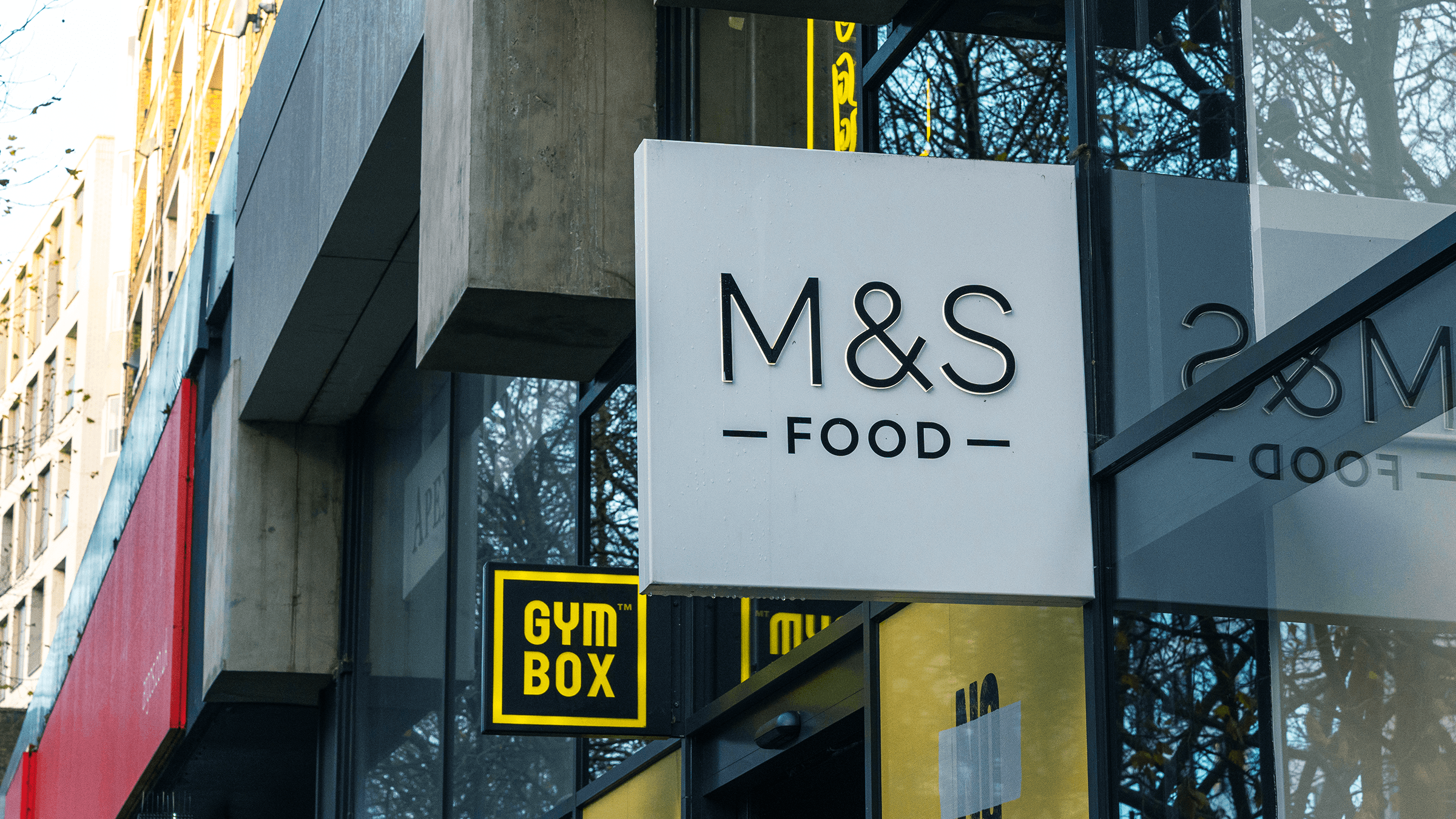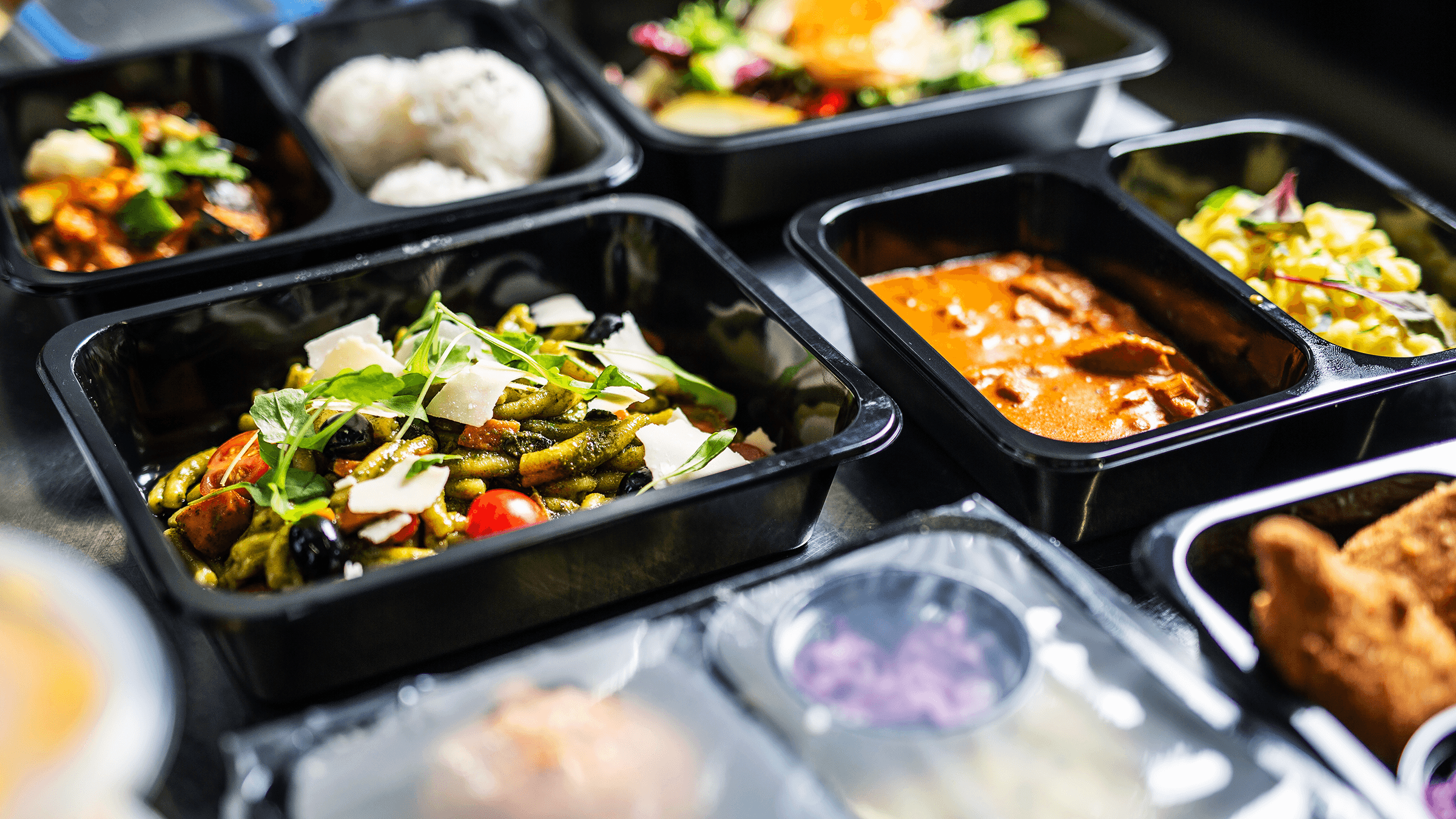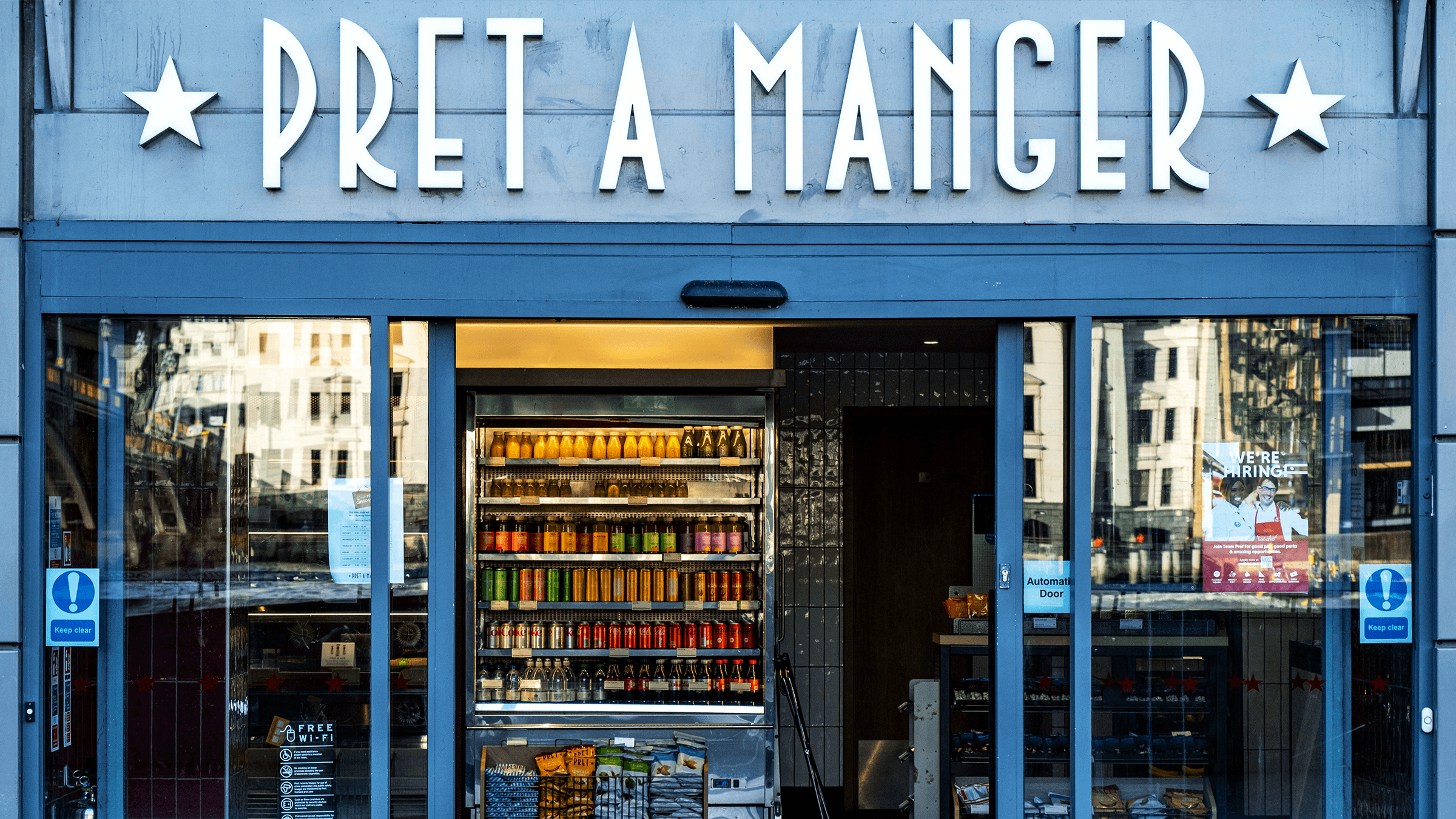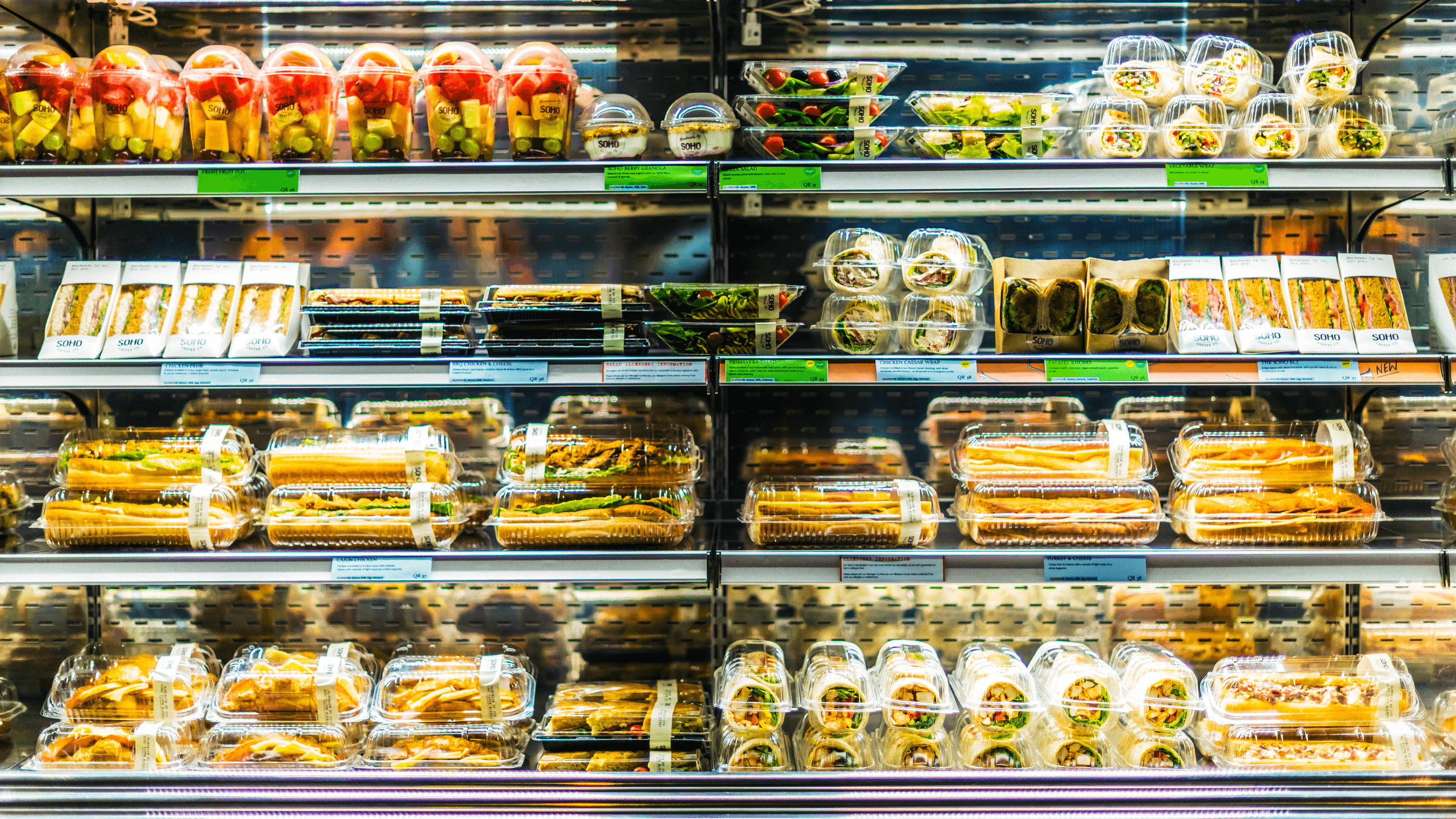The food-to-go segment has had a rollercoaster few years. Hit hard by the pandemic, sandwich sellers and manufacturers have had to navigate unpredictable trading patterns since 2020, and adapt to new, and different, consumer priorities. But now, as hybrid working models stabilise and demand increases for an “al desko” lunch, the category is on the up – and becoming a core area of strategic growth for retailers right across the sector.
Who better to speak to on this topic than Alex Freudmann, Managing Director of Food at Marks & Spencer? Speaking on the move from a busy London train station, he reflected on how the segment has gained momentum in recent years: “we’re seeing major growth in this category as people return to the workplace,” he said. “And as the cost-of-living crisis continues, people are choosing more budget-friendly meal options as opposed to eating out, like sandwiches on the go or ‘fakeaways’ instead of take-outs. That’s why we’re upping our game on making restaurant-standard ready-meals and gourmet sandwiches.”
The space is certainly growing fast, predicted to be worth £23.4bn by 2027, an increase of 26% compared to pre-pandemic. There are also big changes taking place: three weeks ago, for example, Greggs overtook McDonald’s to become the UK’s top choice for a takeaway breakfast.
Against this backdrop, there’s an exciting opportunity for convenience stores and grocers to tap into the growing demand for office lunches and on-the-go meals, and over the past year or so we’ve seen retailers innovate at speed to compete with hospitality businesses and specialist lunchtime retailers.

There’s been AF Blakemore’s SPAR x Philpotts crossover, for example, which saw the opening of a new concept store selling hot and cold food-to-go. AF Blakemore, which owns the SPAR brand, acquired the prepared-food retailer Philpotts in 2019 as a response to “the growing need for food-for-now and food-for-later solutions.”
We’ve also seen major grocers ramp-up their efforts. Tesco has introduced more than 155 new products, Sainsbury’s has rolled out a new premium sandwich and lunch-to-go offering, and Waitrose has relaunched and redesigned its entire range, following the introduction of its first £5 lunchtime meal deal offer over the summer, which tripled sales of its sandwiches.
In particular, Asda has made the food-to-go segment central to its growth strategy, and a key part of its mission to become the UK’s second-largest supermarket. Late last year, the grocer announced the launch of its Food Hub, a brand-new concept designed to drive shoppers into stores. Asda’s Food Hub – currently still in its pilot stage – offers hot and cold takeaway food options, as well hot drinks. Food-to-go has also been a core offering of the grocer’s ambitious convenience store roll out, which has seen the business open hundreds of small-format stores around the UK.

Across the segment, there are a few distinct drivers. Value is critical – with the likes of Pret reducing price-tags, and many retailers introducing tiered meal deal options. Health is another key focus. Last year, an industry report from Luminia Intelligence found that a consumer awareness of nutrition is driving innovation in this space, with over two-thirds of all products in the food industry aligned with vegan or healthier eating trends. “We’ve seen a real spike in health innovation,” Alex Freudmann said. “When M&S launched its Zoe Gut Shot in February, it outsold water within a few weeks of its launch.”
“Consumer awareness of nutrition is driving innovation in this space, with over two-thirds of all products in the food industry aligned with vegan or healthier eating trends.”
Link-ups with consumer food brands and food-service operators are also gaining momentum. For brands, food-to-go presents an opportunity to reach consumers in a low-stakes setting, allowing customers to try their product once before committing to cooking with it themselves, for example. The ultra-realistic meat alternatives brand This has pursued this strategy, rolling out a line of sandwiches and salads with Boots and WH Smith, and The Gym Kitchen is using its Tesco food-to-go partnership to boost awareness of its healthy packaged goods products.

In a similar way, we’ve seen a string of collaborations between grocers and food-service businesses. Last year, Tesco partnered with the sushi operator KellyDeli for a new food bar offering that featured five food concepts: CKN + BAO, Dos Mexicanas, BamTuk, My Little Dim Sum and Little Moons mochi. The move followed a long-time agreement with Yo Sushi.
Looking ahead, it will be interesting to see how retailers continue to flex their strategies. With hybrid working here to stay, there’s an opportunity for retailers to focus on residential areas to capture customers during their work-from-home days. There’s also the question of discounters, who so far have not made the food-to-go category central. But as the likes of Aldi and Lidl roll out their small-format city-centre stores, we may well see this change. Indeed, it’s the discounters, rather than the established grocers, that are pushing M&S to keep innovating, said Alex Freudmann. “They are chasing us, and it’s driving us to get better and better at it.”
Moira.Benigson@thembsgroup.co.uk | Aelf.Hewitson@thembsgroup.co.uk | @TheMBSGroup








